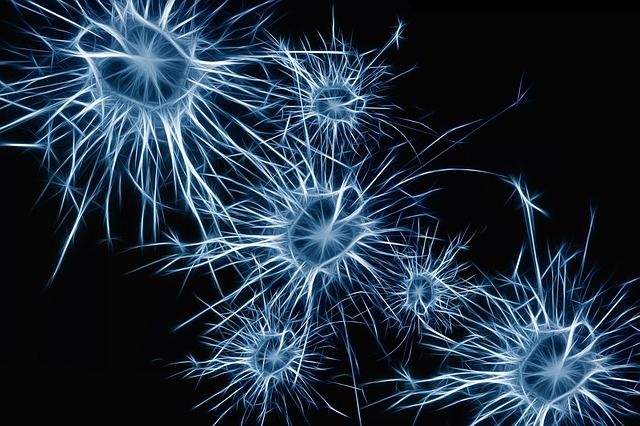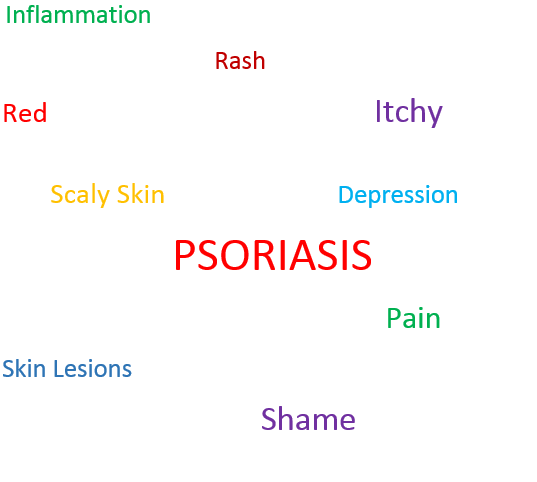In previous posts, I discussed how mindfulness meditation can provide pain relief in situations of chronic pain and alleviate the symptoms of psoriasis.
From my personal experience, I can confirm that being mindful in the midst of pain or the relentless itch from psoriasis is not easy. However, I have found in both situations that mindful meditation has been extremely helpful.
In 1997, my back collapsed and I could not stand for more than two minutes or walk more than 10 metres without experiencing excruciating sciatic pain that travelled down to my ankles. On top of this, I had pneumonia which aggravated the pain whenever I coughed.
I spent 18 months having all kinds of treatment – chiropractic, hydrotherapy, physiotherapy and osteopathy. There were times when I had to lie on my back on the floor, alternating one hour on and one hour off. When you are lying on the floor, there is not much you can do except meditate – which is what I did to achieve some degree of pain management.
More recently, I have found that mindful breathing focused on the part of my body that is itchy, has provided some relief. This is difficult to do because the temptation is to seek distraction rather than focus on the source of discomfort. However, as I mentioned in my previous post on psoriasis, research has demonstrated that mindful meditation can actually enhance the healing benefit of whatever form of treatment for psoriasis you are undertaking.
We know from experience that conscious breathing can help us manage pain when, for instance, we are undertaking painful physiotherapy or remedial massage. Research shows that conscious breathing, combined with focused attention, actually speeds up the healing process.
While the pain or itching discomfort can remind you, and motivate you, to undertake mindfulness meditation, this practice in turn helps you to grow in mindfulness – with all its attendant benefits. So, there is a two-way dynamic operating – pain and discomfort precipitate mindful practice and the latter reinforces other forms of mindfulness that you have developed through different techniques. Also, as you grow in mindfulness, it gets easier to be mindful when experiencing chronic pain or discomfort from psoriasis.
What I found helpful too is to visualise a future state where you are healed – in my case, visualising returning to playing tennis again on a weekly basis, a state which I eventually achieved after mindfulness meditation in concert with multiple treatments for my back problems.
By Ron Passfield – Copyright (Creative Commons license, Attribution–Non Commercial–No Derivatives)
Image source: Courtesy of illustrade on Pixabay










